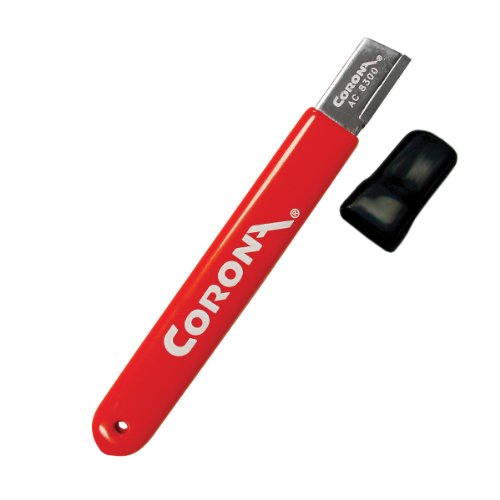Safety is the number one reason to prune a cottonwood tree – an arborist reveals the best trimming routine to follow
When and how to prune young and established cottonwoods
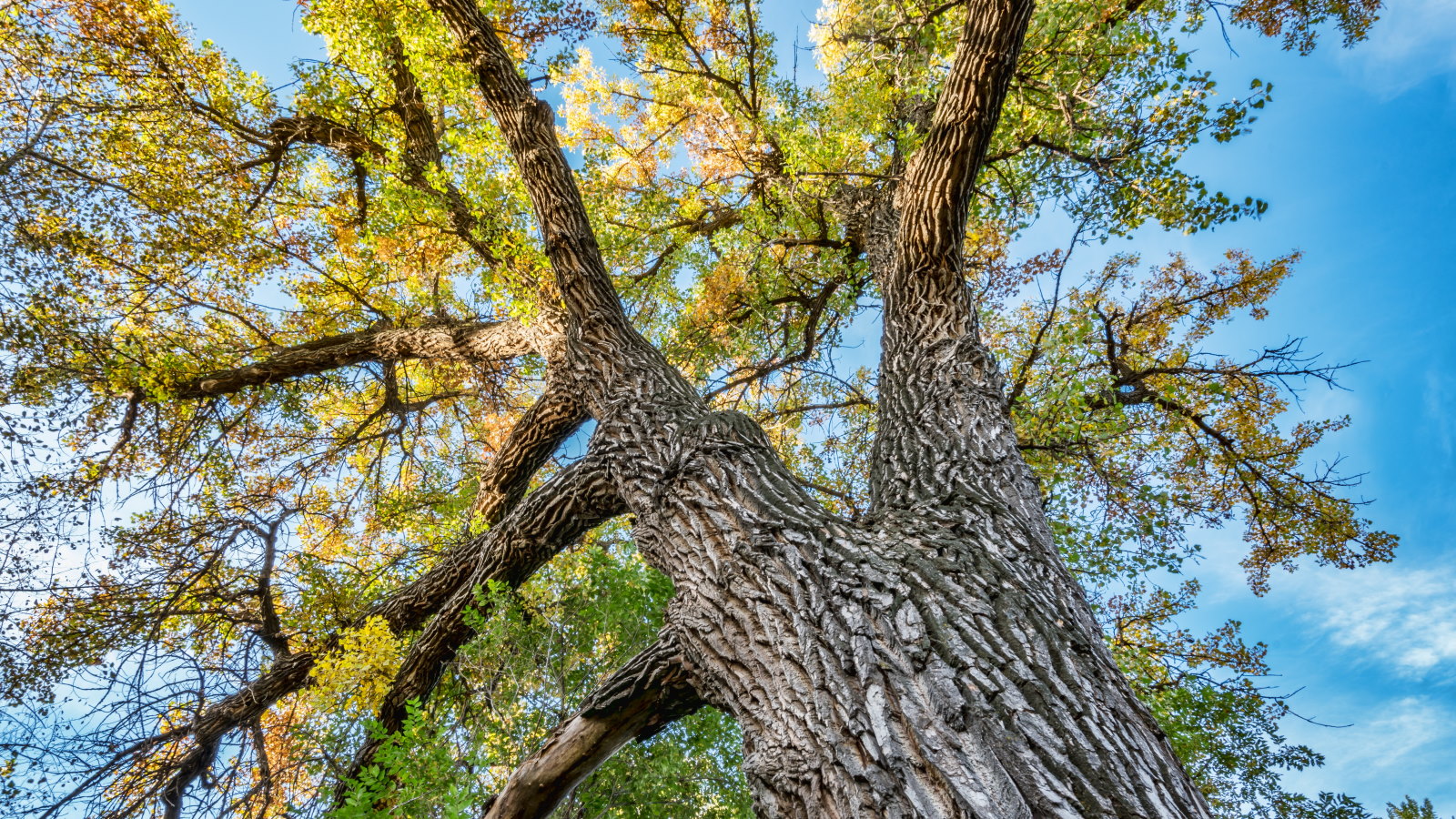
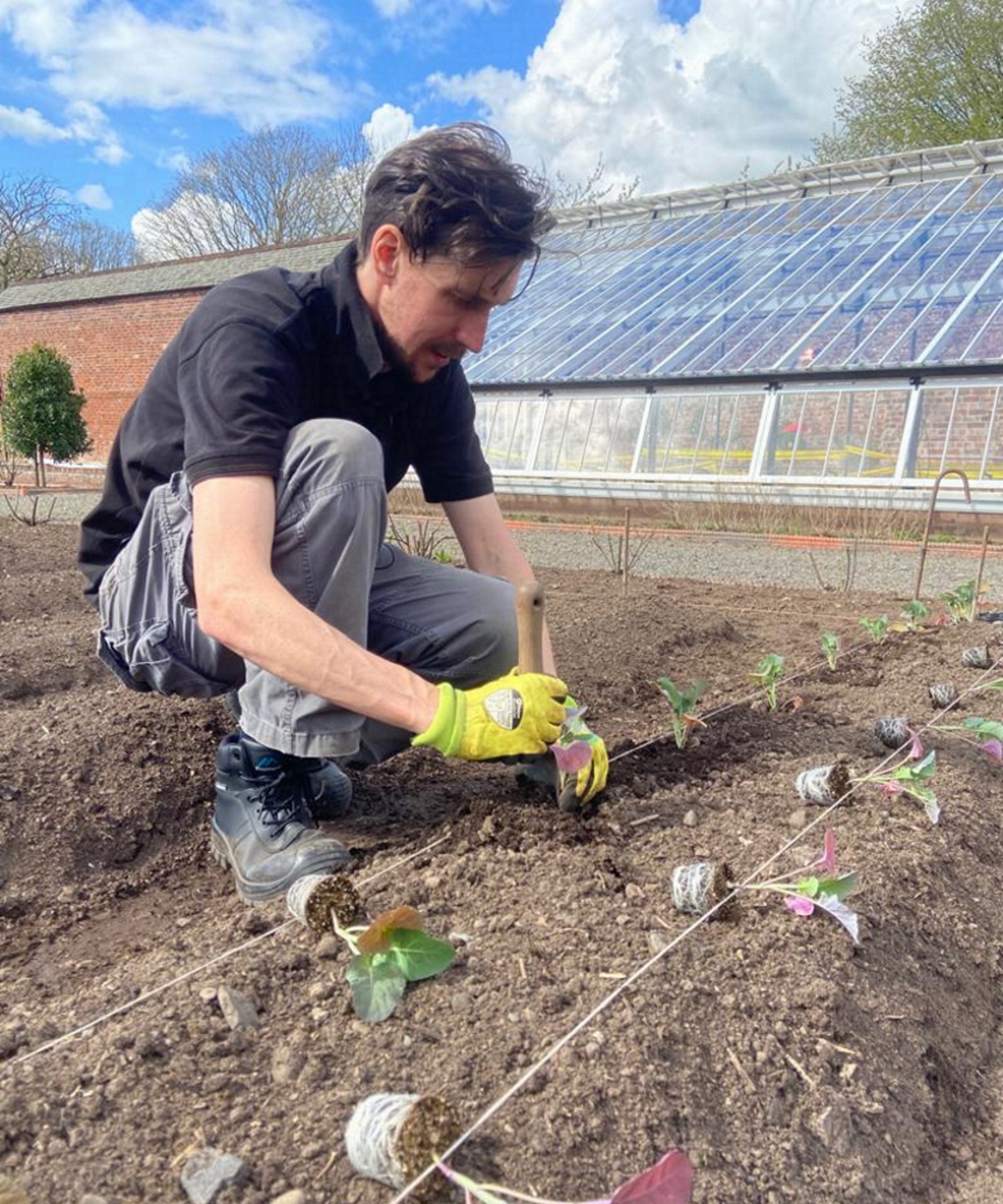
Cottonwood trees are renowned for being fast-growing and impressive trees that can soar to great heights. Knowing when and how to prune a cottonwood tree is beneficial to ensure it stays safe, healthy, and attractive.
A cottonwood is technically a hardwood tree, but it is considered a softwood. The light nature of the branches makes them susceptible to wind damage and snapping from excess weight. Regular trimming is vital in preventing the risk of falling limbs and keeping people safe.
To get professional guidance on pruning cottonwoods, I spoke to a certified arborist who is vastly experienced in assessing and managing tree risks. He reveals when to prune trees and gives practical advice on how to prune a cottonwood tree to keep it safe and beautiful.
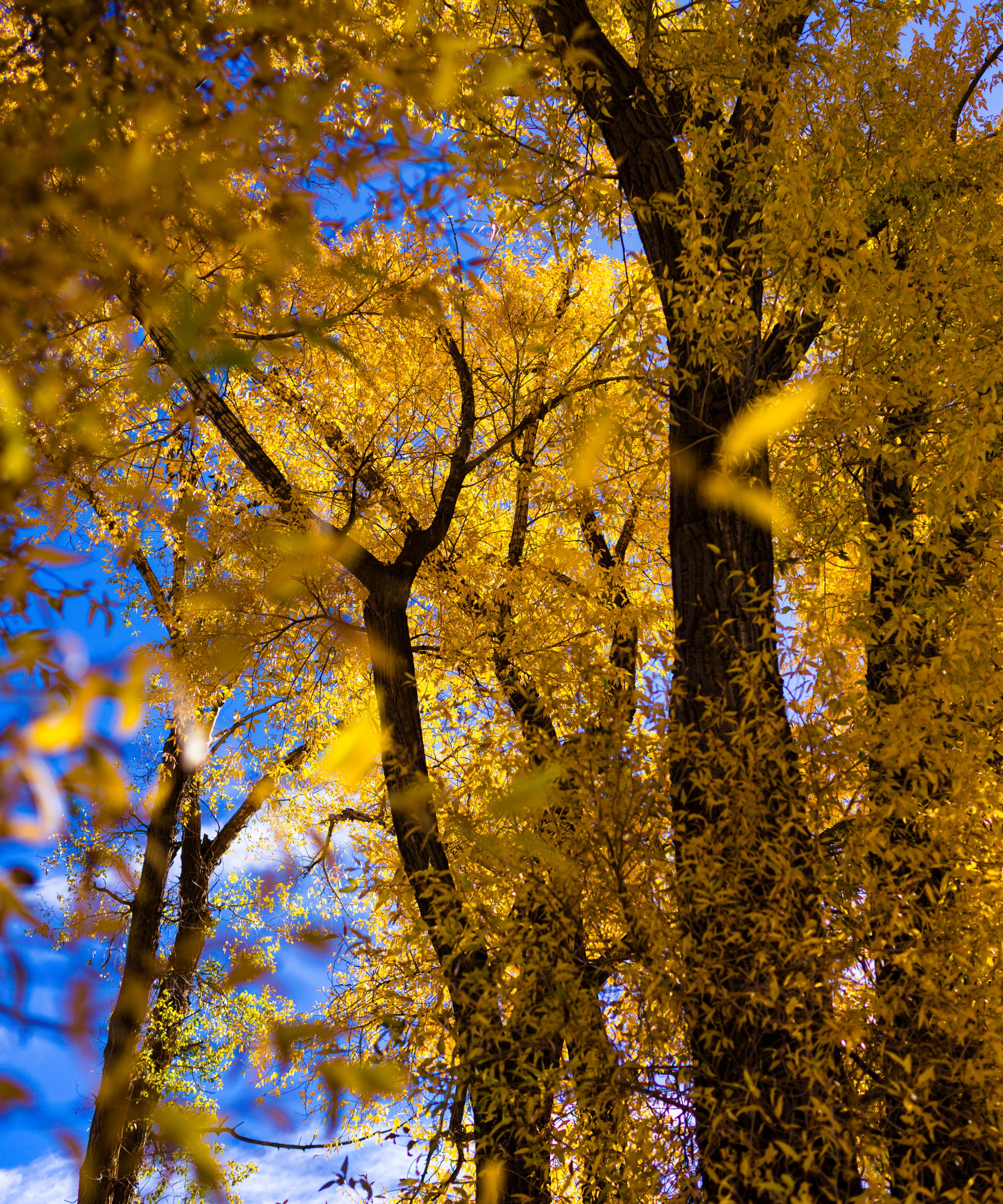
A guide to trimming cottonwood trees
This article delves into when and how to prune a cottonwood tree growing on your property.
However, as cottonwood trees can reach over 100 feet, pruning large trees is best done by a professional who can also perform a full tree safety inspection.
When to prune a cottonwood tree
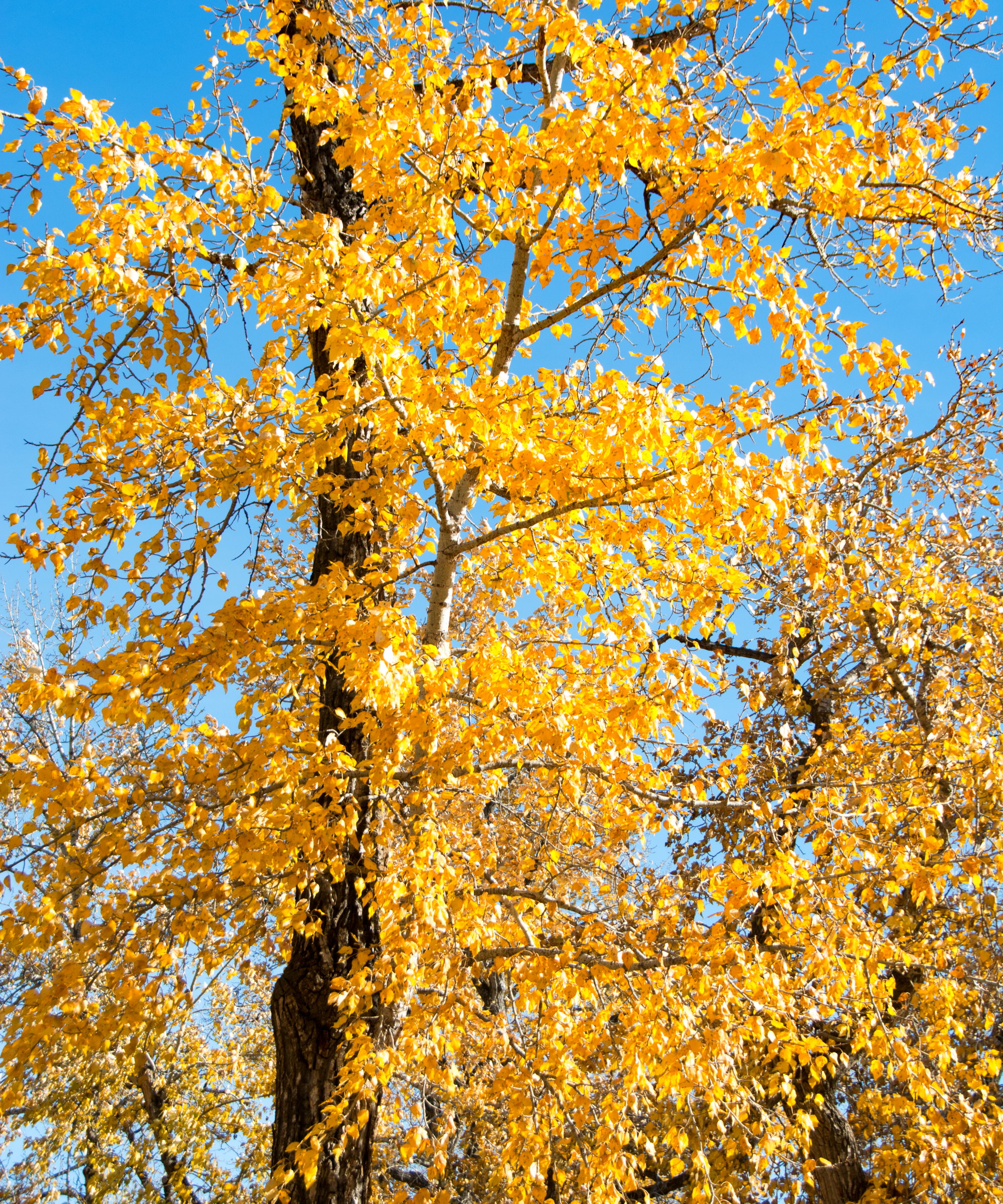
Cottonwood trees are pruned during dormancy, between late fall and early spring. The best time to prune the trees is in late winter, after the last frosts and just before the buds begin to break. Trimming cottonwood trees at this time protects the tree’s health and ensures it recovers quickly.
Tom Tiddens, an ISA-certified arborist and supervisor of plant health care at Chicago Botanic Garden, claims late winter is the best time for two reasons, including the fact that diseases are not as active.
‘Cottonwoods are prone to fungal canker diseases that spread more easily in summer months; so to lessen this chance, prune when in winter dormancy,’ says Tom.
He adds on the ideal timing: ‘The worst of winter is past and pruning cuts will not sit open long before the tree begins active growth and healing.’
Pruning during dormancy also has the advantage of the leaves being down. It makes it easier and clearer to see individual limbs when the leaves have dropped.

Tom Tiddens has worked at the Chicago Botanic Garden in the Plant Health Care department for 25 years. Tiddens is a certified arborist through the International Society of Arboriculture and serves as the Garden's lead arborist in managing tree care and risk assessment.
How to prune a cottonwood tree
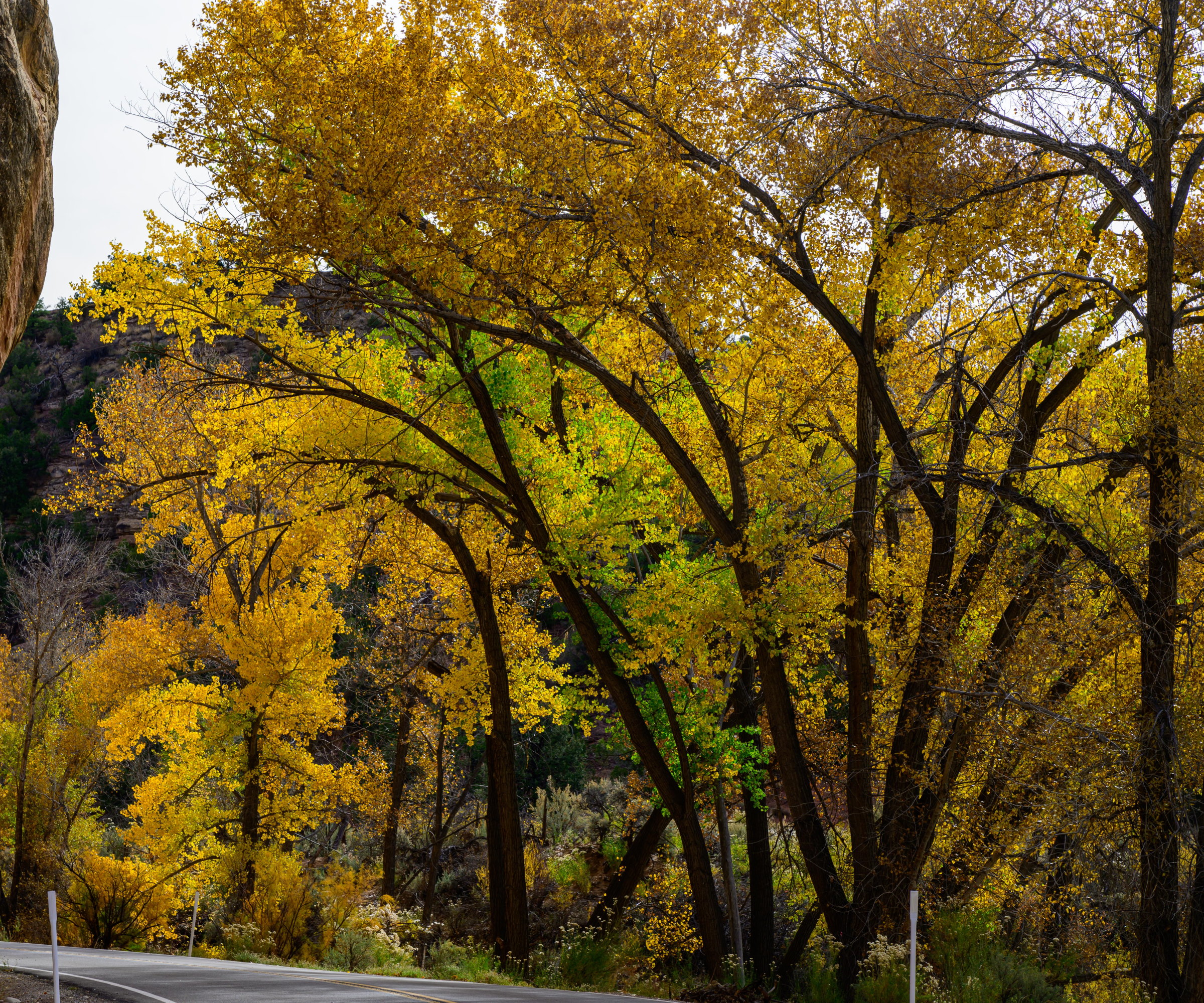
Before trimming, it is vital to clean and sharpen all pruning tools. As mentioned earlier, cottonwoods are prone to diseases. Bacteria and fungal spores can be spread around a garden on dirty garden tools, so disinfect them before use. Having sharp pruning shears or loppers also makes pruning simpler and leaves cuts that are easier for the tree to heal.
Trimming young cottonwood trees
Young cottonwoods benefit from formative pruning for the first few winters after you plant the trees. As they are fast-growing trees, formative pruning encourages strong, safe, and healthy growth that stands it in good stead for the future.
‘If done properly early on, the tree will have few problems later in life that may require corrective pruning, and may avoid hazard limb development,’ says Tom Tiddens.
‘In most cases, you will want to develop a strong central leader, with lateral scaffold branches being nicely spaced as they develop on the trunk.’
Pruning established cottonwood trees
Once established, a few simple steps should be followed to prune a cottonwood tree correctly and keep it healthy and thriving. Tom Tiddens claims this routine is best followed annually, but if not possible, you want to prune a cottonwood tree ‘at least every 3 to 5 years’.
Before undertaking routine pruning, inspect the tree to assess any potential safety problems. As well as spotting dead branches that can break and fall, Tom advises identifying ‘overextended branches that may fail because of weight’ and ‘limbs with trunk inclusions that are likely to fail at trunk attachment’.
Remove or prune out the affected branches if required, and then follow this pruning routine to keep the tree healthy and productive:
- Remove any dead, damaged, or diseased branches. Cut back or remove the affected branches as they could be a safety concern and jeapordize the tree’s future health.
- Identify and remove any crossing stems or inward-growing branches. Crossing or rubbing stems can create entry points for disease. As the tree grows quickly, look for branches that may start to cross soon as they develop and cut them back to the trunk, a limb, or a side bud.
- Remove any water sprouts or suckers, as these fast-growing shoots will take energy away from the rest of the tree.
Finally, the expert arborist warns that over-trimming would be a tree pruning mistake. He advises not to remove ‘more than 25% of live wood’ in one annual pruning session and to make cuts that will heal nicely.
‘Do not leave stubs,’ Tom warns. ‘And do not make flush cuts back to the trunk. Make collar cuts to optimize healing.’
Essentials for pruning cottonwood trees
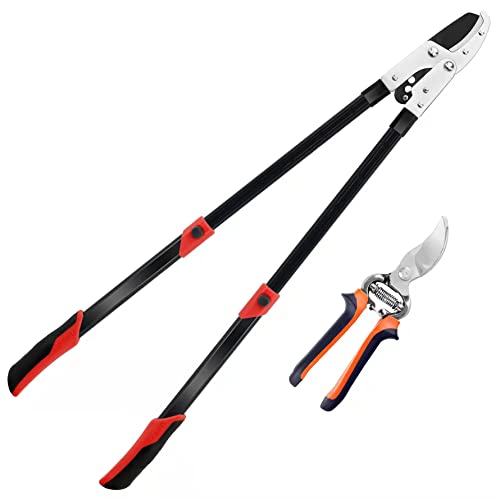
A tree pruning set featuring extendable steel loppers that range from 28 to 41 inches and a pair of durable, steel pruning shears
FAQs
Can you top a cottonwood tree?
It is never a good idea to top a cottonwood tree to lower its height. Doing so harms the tree’s health, makes it look very unnatural, and can lead to dieback. The tree will also be highly stressed if topped and left very susceptible to pests and diseases.
Taking the right approach to pruning tree branches keeps any trees healthy. To discover a range of tips from tree experts about how and how not to cut, see our in-depth guide on correctly pruning tree branches.
Sign up to the Homes & Gardens newsletter
Design expertise in your inbox – from inspiring decorating ideas and beautiful celebrity homes to practical gardening advice and shopping round-ups.

Drew’s passion for gardening started with growing vegetables and salad in raised beds in a small urban terrace garden. He has worked as a professional gardener in historic gardens and specialises in growing vegetables, fruit, herbs, and cut flowers as a kitchen gardener. That passion for growing extends to being an allotmenteer, garden blogger, and producing how-to gardening guides for websites. Drew was shortlisted for the New Talent of the Year award at the 2023 Garden Media Guild Awards.
You must confirm your public display name before commenting
Please logout and then login again, you will then be prompted to enter your display name.
-
 5 things people with clean mudrooms always do – it will consistently and easily keep dirt at bay
5 things people with clean mudrooms always do – it will consistently and easily keep dirt at baySay goodbye to muddy spring foot prints with these expert-approved tips
By Eve Smallman
-
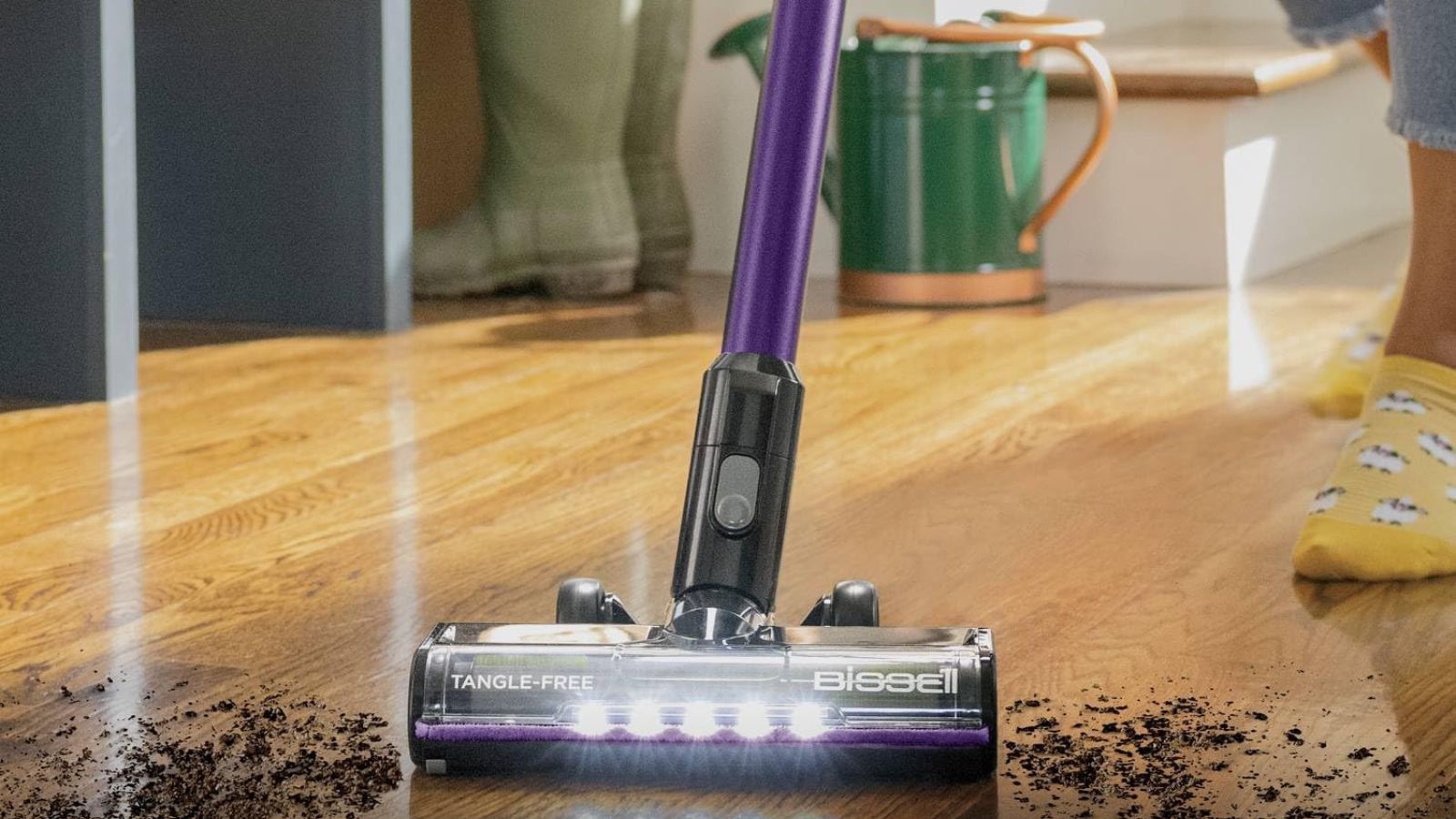 Bissell CleanView XR Pet 300W Stick cordless vacuum review – it's a great budget vacuum, but by no means perfect
Bissell CleanView XR Pet 300W Stick cordless vacuum review – it's a great budget vacuum, but by no means perfectLow price point, but with the cleaning performance to match it
By Camryn Rabideau
-
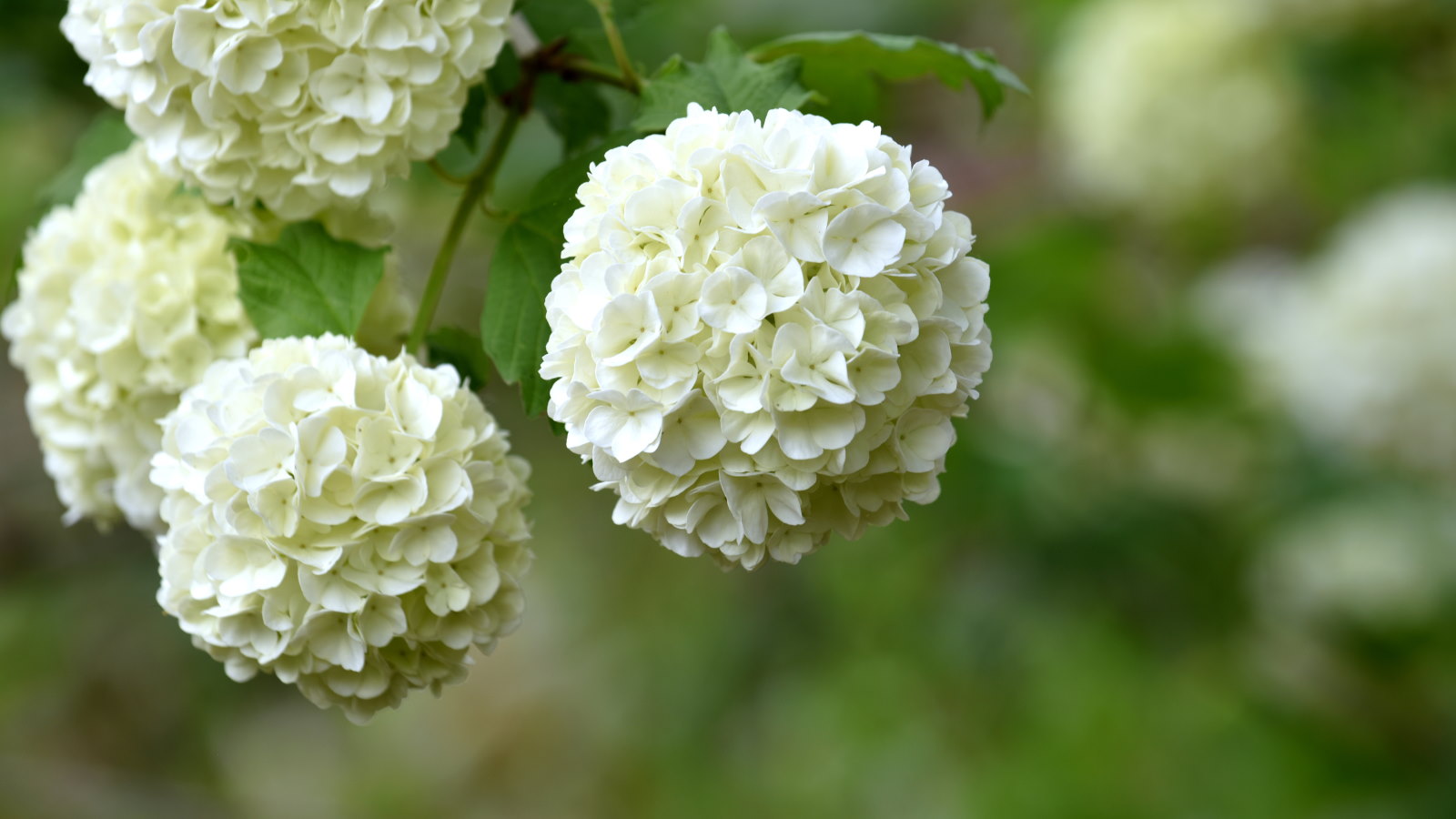 These 4 simple steps for pruning a snowball bush viburnum can give you the best blooms, plus we reveal the pitfall to avoid that will ruin any display
These 4 simple steps for pruning a snowball bush viburnum can give you the best blooms, plus we reveal the pitfall to avoid that will ruin any displayKnow how and when to prune a snowball bush with this expert pruning guide
By Drew Swainston
-
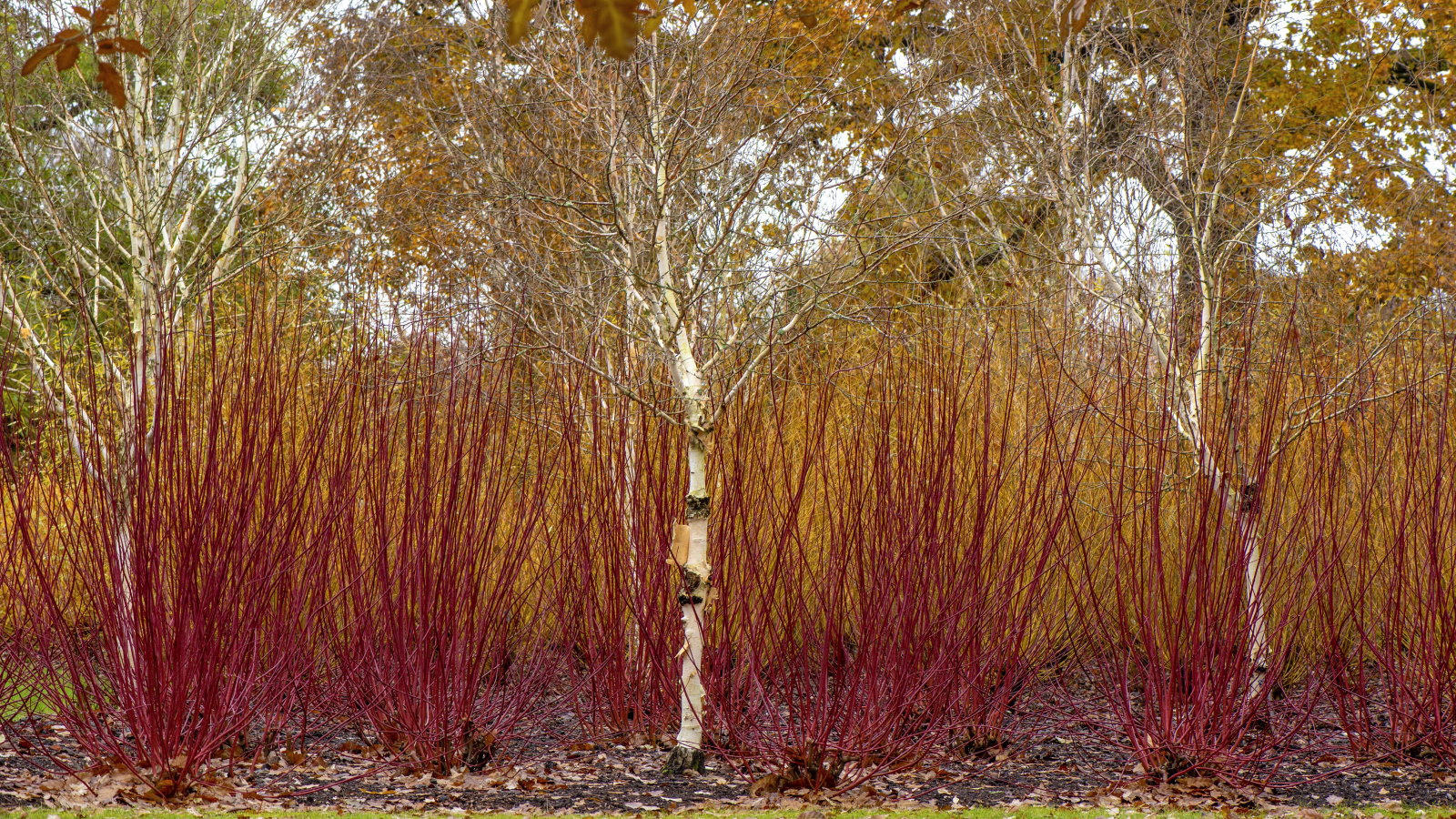 How to coppice trees and shrubs – and the 5 species that will benefit from this historical and super simple pruning technique
How to coppice trees and shrubs – and the 5 species that will benefit from this historical and super simple pruning techniqueCoppicing has aesthetic and practical benefits in a garden
By Drew Swainston
-
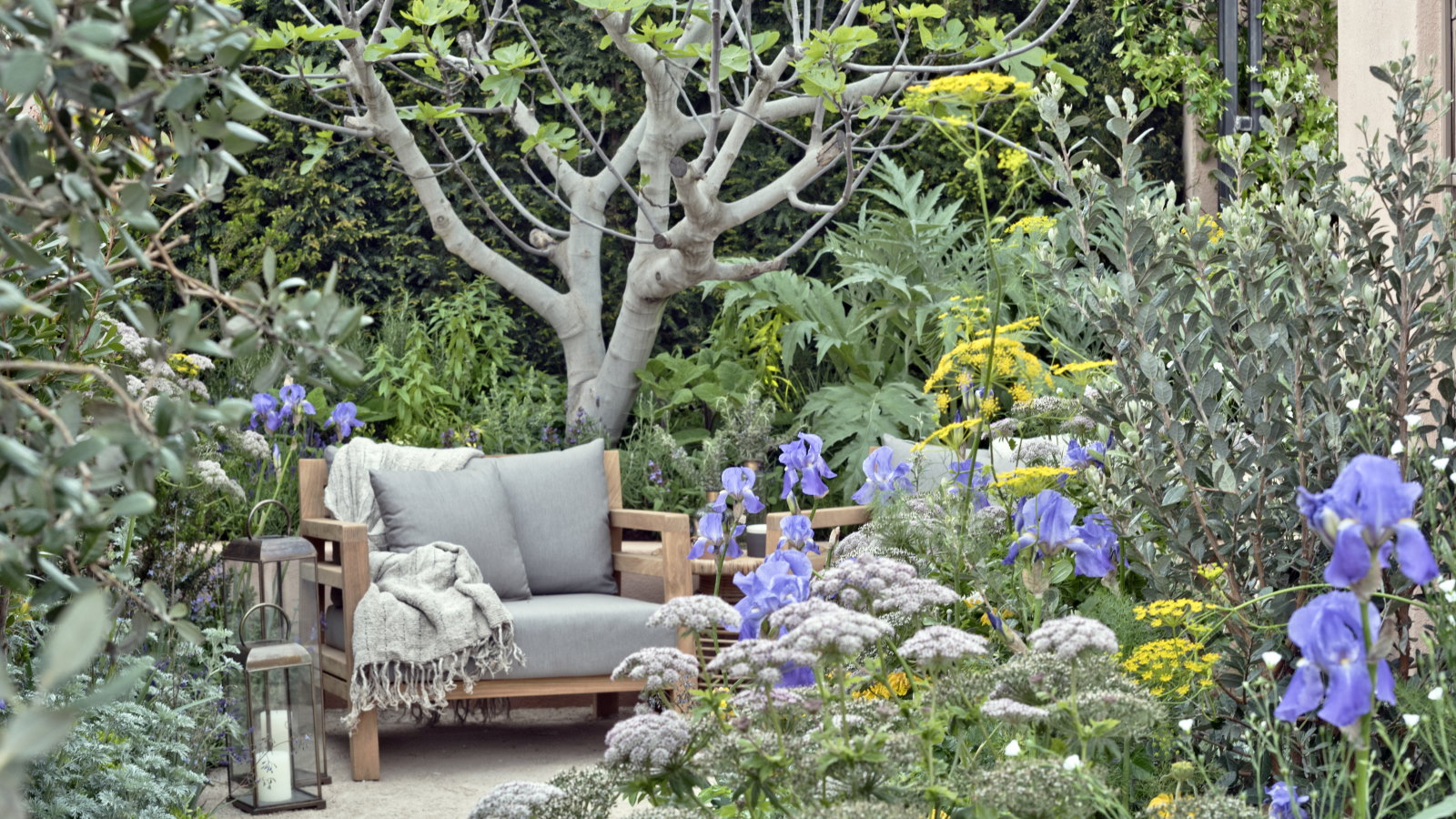 Horticulturists urge you to prune these 7 plants in April – for healthy growth and better-than-ever flowering displays
Horticulturists urge you to prune these 7 plants in April – for healthy growth and better-than-ever flowering displaysDiscover a key selection of plants to cut back this month, with expert pruning advice
By Drew Swainston
-
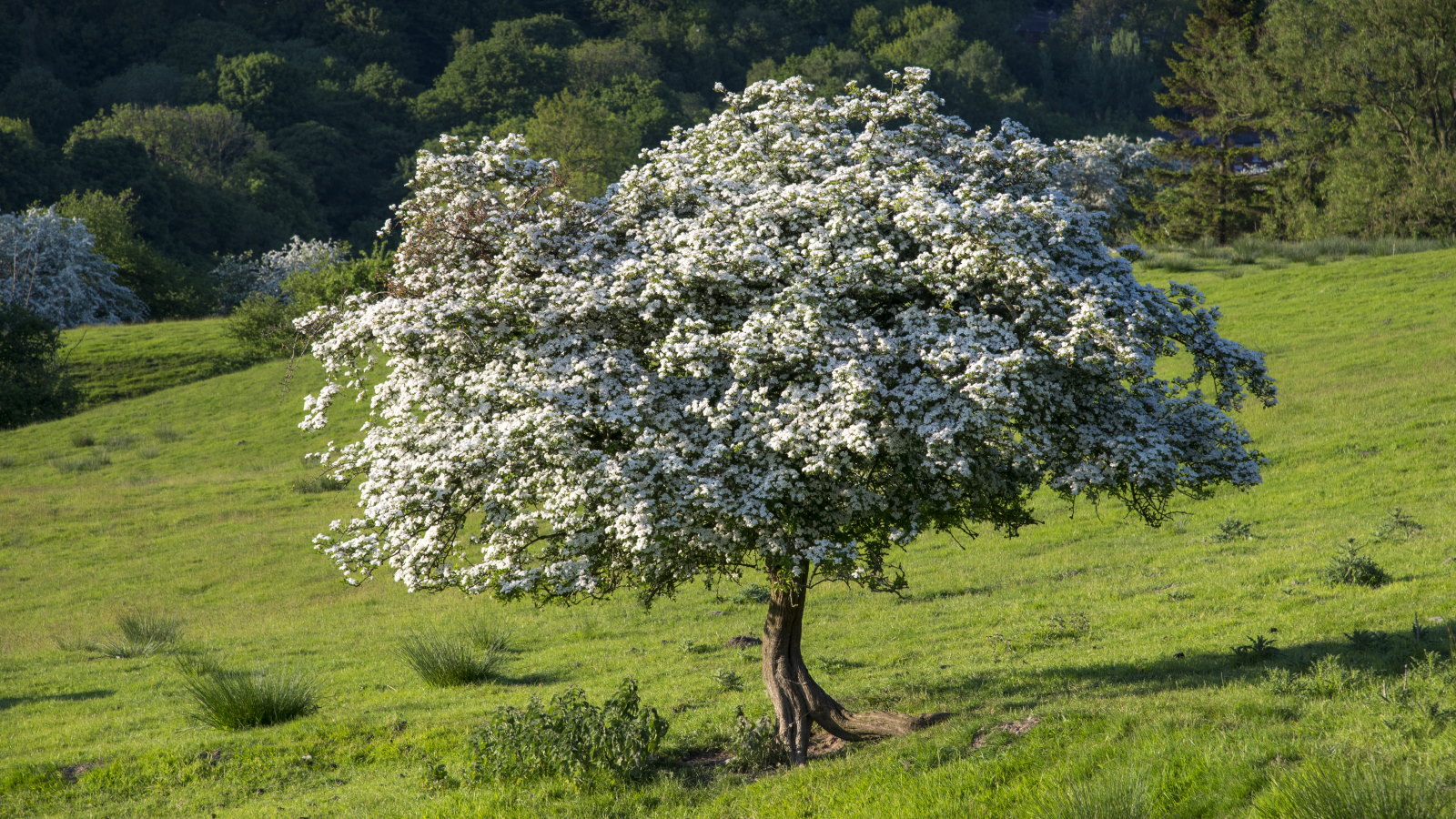 Now is the time to prune hawthorn trees to keep them healthy and attractive – 5 expert-recommended steps to follow for proper trimming
Now is the time to prune hawthorn trees to keep them healthy and attractive – 5 expert-recommended steps to follow for proper trimmingAvoid unnecessarily stressing your trees by pruning at the right time and not getting carried away
By Drew Swainston
-
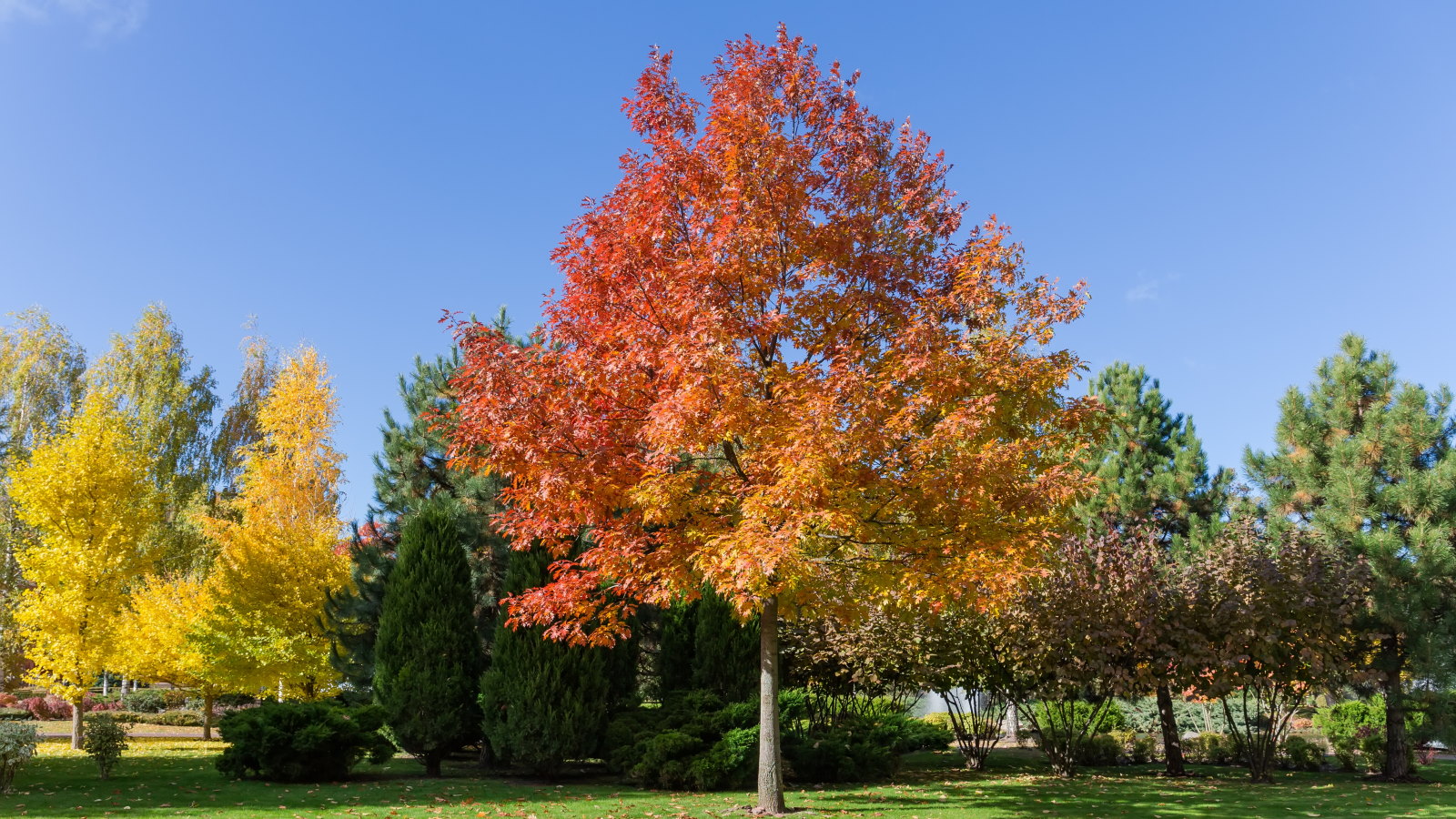 This is your last chance to prune oak trees to avoid a potentially fatal disease that can kill trees within months, arborists reveal
This is your last chance to prune oak trees to avoid a potentially fatal disease that can kill trees within months, arborists revealStay safe and discover what you can prune at different times of the year
By Drew Swainston
-
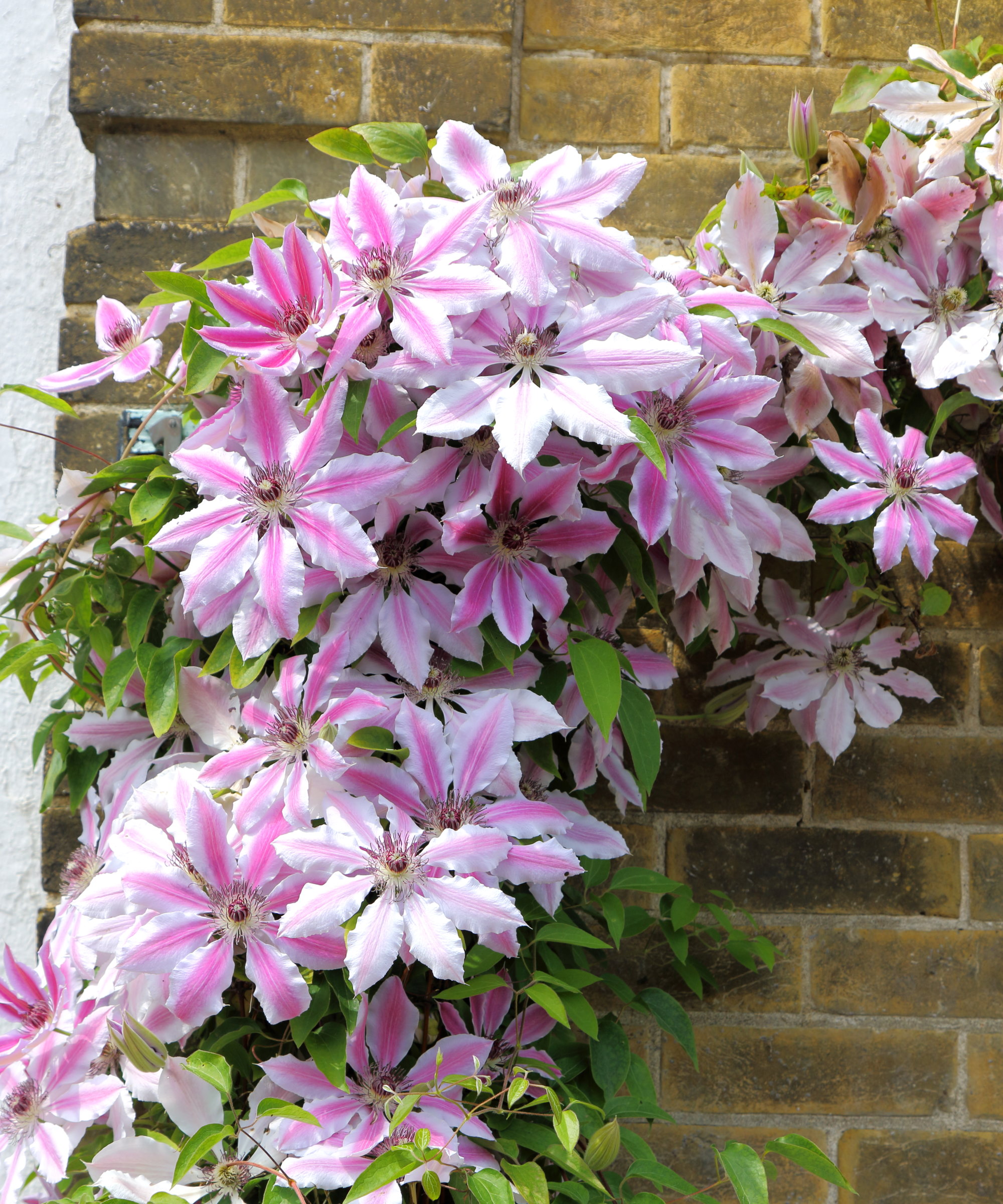 Expert horticulturists reveal 5 clematis pruning mistakes to avoid if you want spectacular floral displays
Expert horticulturists reveal 5 clematis pruning mistakes to avoid if you want spectacular floral displaysWhy you need to prune at the right time and not remove too much or too little
By Drew Swainston
-
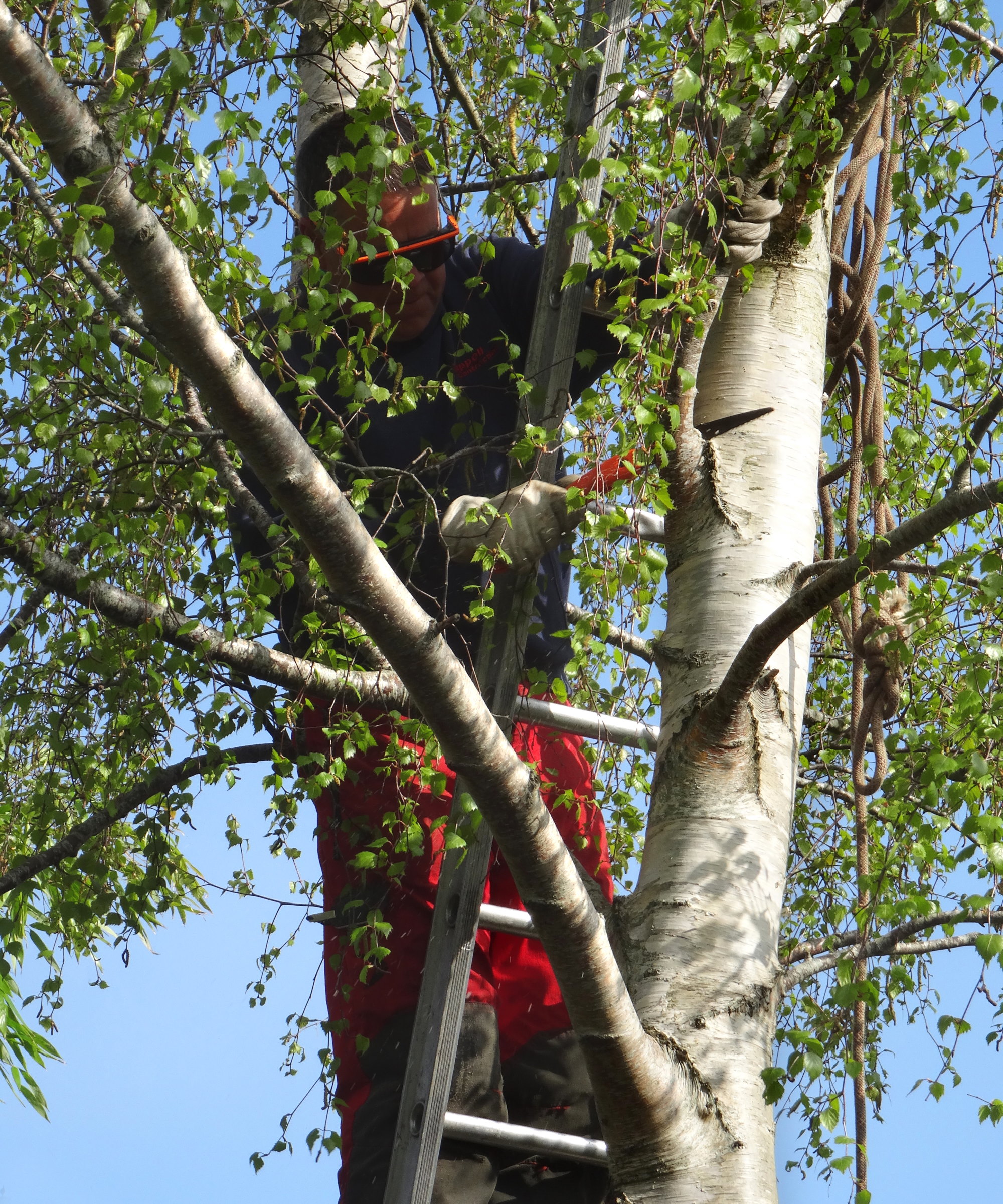 How to prune birch trees – arborists reveal 5 golden rules to follow and 3 things you should never do
How to prune birch trees – arborists reveal 5 golden rules to follow and 3 things you should never doAggressive pruning can be fatal to birch trees – here is how to avoid it
By Drew Swainston
-
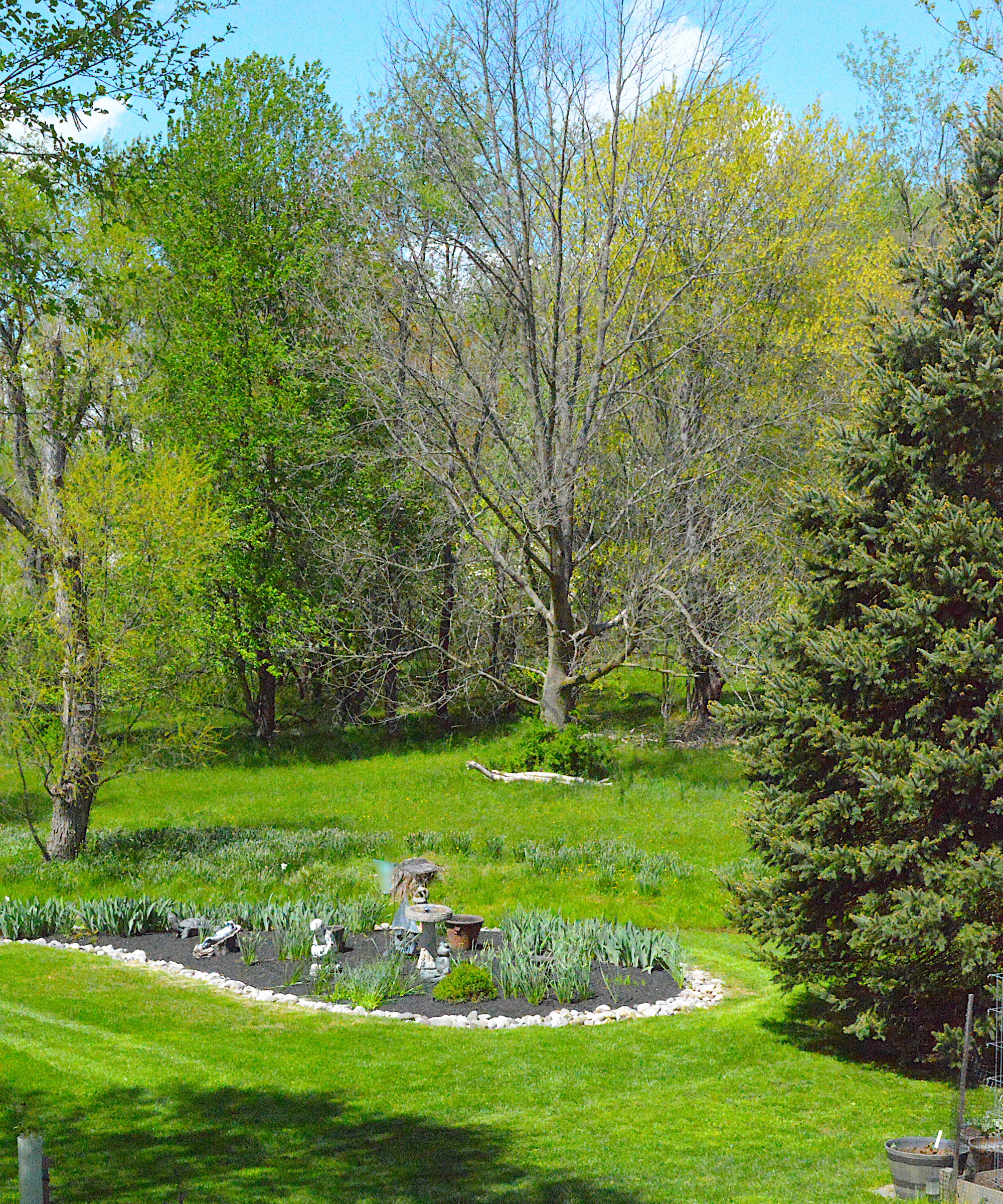 There's still time to prune deciduous trees this month – expert trimming advice for 9 of the most popular backyard trees
There's still time to prune deciduous trees this month – expert trimming advice for 9 of the most popular backyard treesThese trees will benefit from pruning in February with our handy guide
By Drew Swainston
